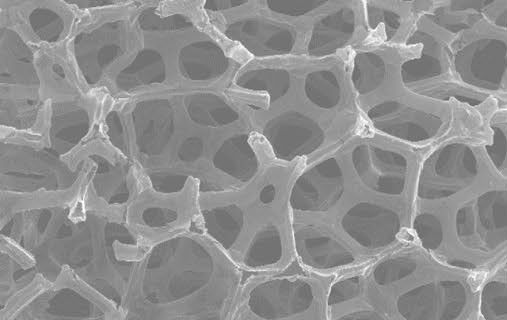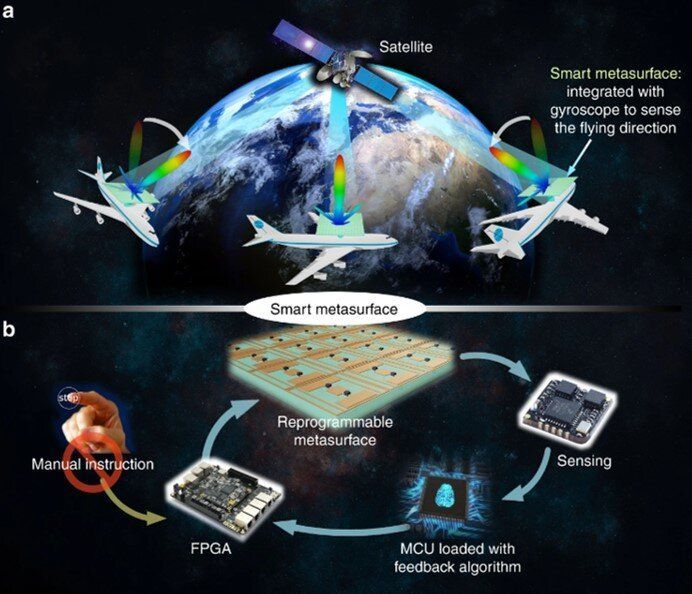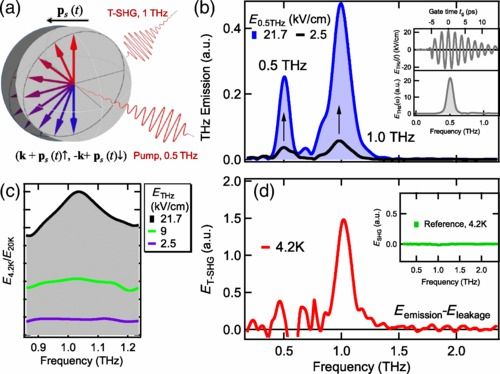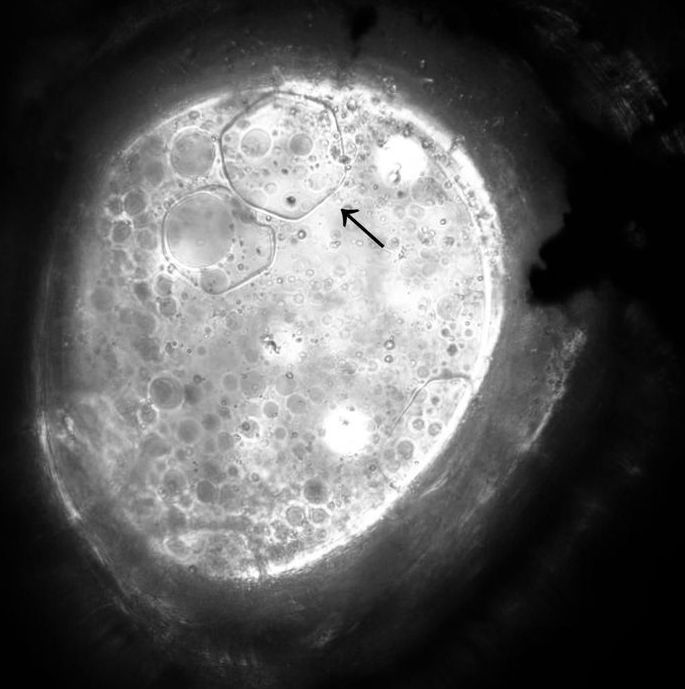Archive for the ‘materials’ category: Page 208
May 31, 2020
Room Temperature Superconductor Breakthrough at Oak Ridge National Laboratory
Posted by Quinn Sena in categories: materials, particle physics
An international team of researchers has discovered the hydrogen atoms in a metal hydride material are much more tightly spaced than had been predicted for decades — a feature that could possibly facilitate superconductivity at or near room temperature and pressure.
Such a superconducting material, carrying electricity without any energy loss due to resistance, would revolutionize energy efficiency in a broad range of consumer and industrial applications.
The scientists conducted neutron scattering experiments at the Department of Energy’s Oak Ridge National Laboratory on samples of zirconium vanadium hydride at atmospheric pressure and at temperatures from −450 degrees Fahrenheit (5 K) to as high as −10 degrees Fahrenheit (250 K) — much higher than the temperatures where superconductivity is expected to occur in these conditions.
May 31, 2020
High-quality graphene foams are made from organic waste
Posted by Quinn Sena in category: materials
May 30, 2020
We publish scientific and engineering peer-reviewed academic journals and book series | Scientific.Net
Posted by Quinn Sena in categories: engineering, materials
Research of landmine detection using terahertz technology.
Scientific. Net, the trademark of Trans Tech Publications Ltd., is one of the largest web resources, publishes peer-reviewed academic journals and book series in field of materials science and engineering.
May 30, 2020
Smart metamaterials that sense and reprogram themselves
Posted by Quinn Sena in categories: engineering, materials
Materials scientists aim to engineer intelligence into the fabric of materials or metamaterials for programmable functions. Engineering efforts can vary from passive to active forms to develop programmable metasurfaces using dynamic and arbitrary electromagnetic (EM) wavefields. Such metasurfaces, however, require manual control to switch between functions. In a new study now published on Light: Science & Applications, Qian Ma and an interdisciplinary research team in the State Key Laboratory, Cyberspace Science and Technology, and the Department of Electronics in China engineered a smart metasurface for self-adaptive programmability.
May 30, 2020
Teslaphoresis-activated self-assembling carbon nanotubes look even cooler than they sound
Posted by Quinn Sena in categories: materials, nanotechnology
Circa 2016
Not all important scientific research is cool looking, or has a cool name. But now and then you get something with both. These self-assembling carbon nanotubes are created with a process called Teslaphoresis. If you’ve read a more impressive-sounding sentence today, I’d like to hear it.
Even the lab of Rice University chemist Paul Cherukuri looks like a proper mad scientist’s lair. But don’t let the flashy trappings fool you: this is a very significant development.
May 29, 2020
This living concrete could solve your terrible commute
Posted by Quinn Sena in category: materials
Researchers have designed a new way to make concrete that would make frustrating cracks a thing of the past.
May 29, 2020
Terahertz Second-Harmonic Generation from Lightwave Acceleration of Symmetry-Breaking Nonlinear Supercurrents
Posted by Saúl Morales Rodriguéz in categories: materials, quantum physics
We report terahertz (THz) light-induced second harmonic generation, in superconductors with inversion symmetry that forbid even-order nonlinearities. The THz second harmonic emission vanishes above the superconductor critical temperature and arises from precession of twisted Anderson pseudospins at a multicycle, THz driving frequency that is not allowed by equilibrium symmetry. We explain the microscopic physics by a dynamical symmetry breaking principle at sub-THz-cycle by using quantum kinetic modeling of the interplay between strong THz-lightwave nonlinearity and pulse propagation. The resulting nonzero integrated pulse area inside the superconductor leads to light-induced nonlinear supercurrents due to subcycle Cooper pair acceleration, in contrast to dc-biased superconductors, which can be controlled by the band structure and THz driving field below the superconducting gap.
May 29, 2020
This amazing material could solve your commute’s biggest problem
Posted by Brent Ellman in category: materials
Researchers have designed a new way to make concrete that would make frustrating cracks a thing of the past.
May 28, 2020
Unbelievable Paving Machine is The Future
Posted by Quinn Sena in categories: futurism, materials

So everybody likes to ride the roads, but no one likes to endure the roadwork. Sound familiar? We have all found ourselves shaking a fist or two at some construction workers, maybe even pointing our favorite finger at them to drive home the point of our frustration. If only there were a way to lay pavement in a quick, efficient manner? You know, something that had the style and panache of R2D2 that operated with the work ethic of your grandfather.
Well, check out this little wonder. Known as the Fastlane Paver, it is produced by Volvo and works quite well. Most paving machines will lay asphalt or concrete, then get smoothed out by a Caterpillar Steam roller or tamping machine to make the surface smooth and drivable. Not the case with the Fastlane though. It is an all in one paver. Capable of laying aggregate and pervious concrete, this machine can lay down a three meter wide strip at a distance of 18 lineal meters without stopping. Yep, you read that right. It does all of this in one pass, with no break.
















